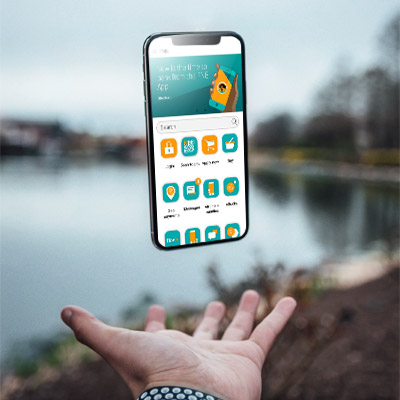Building a portfolio aligned to your goals and risk tolerance
A well-balanced investment portfolio will look different for each investor. Unfortunately, there is no single investor template that can be replicated across the board since each investor has their own goals and risk profile that determine the composition of their portfolio.
Why invest in a range of different assets classes?
Creating a balanced portfolio allows risk to be spread across a range of investments and asset classes, reducing overall portfolio risk. Exposing yourself to a single asset means placing all your eggs in that basket. If that asset performs well it might mean higher returns, but if that asset price falls, there are no other assets to limit portfolio losses.
Investing in a range of assets that align to both goals and risk is the formula to successful long-term investing.
If I am consistently saving and investing, why the need for an emergency fund?
The realisation of having extra funds accessible was made clearer on the back of the global pandemic. At some point in our lives we will need some extra cash for an unplanned expense, halt in the economy or a job change. Having 3 months of savings in an accessible vehicle means not having to divest from longer term savings and investment vehicles. Savings and investments require compounding. Pulling out funds early can cause early withdrawal penalties as well as reduction in compounding. To avoid this, having an emergency fund in a vehicle that can be accessed without causing harm to your nest egg is a vital component of a savings strategy. Emergency funds must be created to ensure goals are not interrupted.
Linking portfolio construction to your goals and time frames
It is easier to plan a journey after choosing the destination. The same can be said about investing. Without a goal in mind there is no purpose to the investments being made, which could hamper your commitment to the investment and its outcomes.
Start by identifying the different long-, medium- and short-term goals. Saving for that vacation in 12 months' time is a short-term goal, while looking to pay for your child's education in three years' time will be a medium-term goal. Long-term goals will typically have a time horizon of five years or longer and normally revolves around retirement investing. Determining the time will help you determine which strategy to follow and what assets to invest in.
Short-term goals will be matched mainly to cash investments, medium-term goals may allow for the inclusion of more, higher-growth volatile asset classes at lower weightings, while long-term goals will mostly be matched with higher weightings in higher- growth but more volatile asset classes. This is because a longer time frame allows for more volatility in a portfolio as the investor will have more time to ride out periods of low returns.
Linking a portfolio to your risk profile
This refers to your willingness and ability to take risks. A risk profile is essential for determining proper investment asset allocation for a portfolio. Investors not willing to risk capital depreciation or with a shorter time frame before having to reach their goal will be considered to have a low risk profile and investors who don't mind risking capital balances or have sufficient time before having to achieve their goal will have a high-risk profile.
Risk trade-off theory states that the higher the risk, the higher the potential return needs to be to compensate for that risk. That is why investments with little to no risk like a savings account offer much lower returns than stocks where large capital losses can occur, or funds doubled in a few quick trades. Building a balanced fund means fully understanding the objective of your investments and the amount of risk you are willing to take on. Investing without these considerations can result in incorrect asset allocation and disappointing investment outcomes.
Today there are different investments to suit every goal and risk profile. As much as this is a positive, it also means a larger selection of assets, which increases the risk of incorrect selection and allocation. Linking investments back to the objective is one way to understand that investment and whether it ties into both your goal outlook and expected return.
Balancing a portfolio means exposure to a different range of assets, each selected for a specific purpose. Whether it is bonds, shares, unit trusts, ETFs, money market accounts or property, linking these investments to risk, goal and timeline is a solid strategy for sustainable and successful investing.


